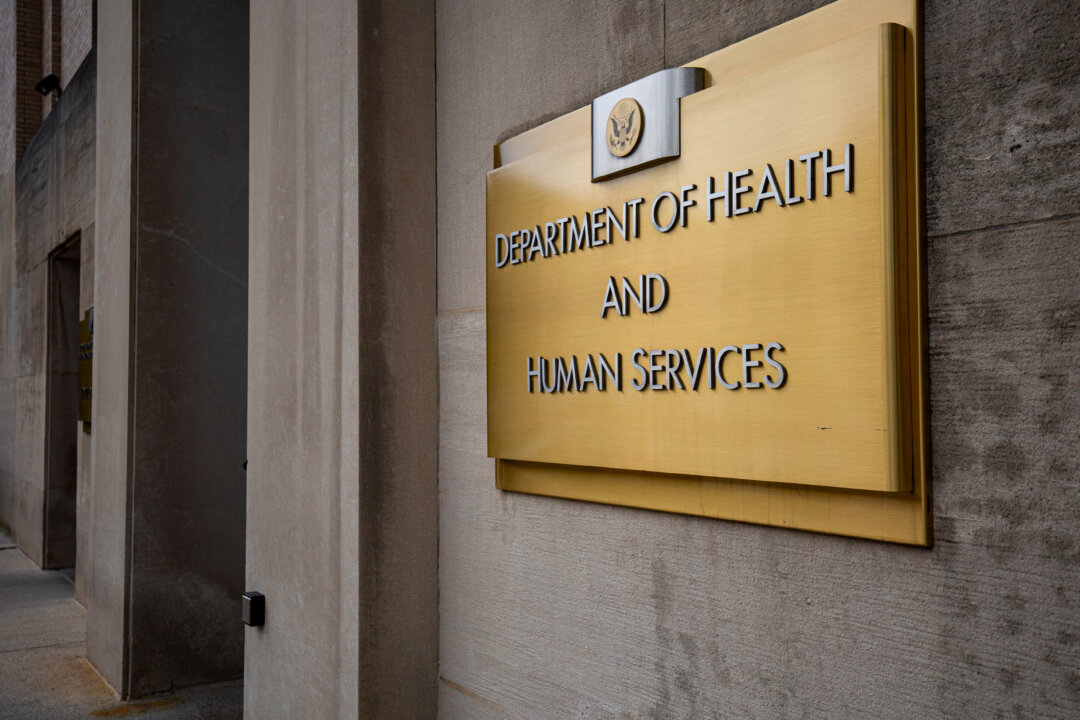Medical groups argue that the changes will force their members to reduce access to care for Medicare patients.
The federal government is moving forward with an agenda to set Medicare reimbursement rates for physicians and hospitals next year despite pushback from industry groups.
Under the 3,088-page finalized rules published Nov. 1 by the Centers for Medicare and Medicaid Services (CMS), physicians will see reimbursement rates drop by 2.93 percent in 2025. This new rate, combined with other regulatory adjustments, sets the new conversion factor—the amount Medicare pays per relative value unit (RVU)—at $32.35, down 2.8 percent from the 2024 rate of $33.29 per RVU.
The decrease, which is in line with the initial proposal this summer, also amounts to a $1.8 billion reduction in funding for doctors, according to CMS.
Conversely, hospital outpatient departments and ambulatory surgery centers will see a 2.9 percent increase in Medicare rates, slightly higher than the initially proposed 2.6 percent. CMS estimates the new rates will provide hospitals with an additional $2.2 billion in funding for the upcoming year.
The changes have sparked strong opposition from healthcare groups.
Bruce Scott, president of the American Medical Association (AMA) and a practicing otolaryngologist, criticized the cuts. He pointed out that while physicians are facing a 2.8 percent cut in reimbursement, the cost of providing care to Medicare patients is expected to rise by 3.5 percent.
“To put it bluntly, Medicare plans to pay us less while costs go up,” Scott said in a statement, noting that Medicare reimbursement to physicians has declined by 29 percent since 2001 after adjusting for inflation.
“You don’t have to be an economist to know that is an unsustainable trend, though one that has been going on for decades,” Scott continued. “For physician practices operating on small margins already, this means it is harder to acquire new equipment, harder to retain staff, harder to take on new Medicare patients, and harder to keep the doors open, particularly in rural and underserved areas.”
The American Medical Group Association (AMGA), which represents some 400 medical groups and health systems, echoed these concerns. Citing a recent survey, the trade group warned that its members might have to cut staff and reduce access to care for Medicare patients in order to survive.
“If Congress does not stabilize reimbursement, our members will be forced to take further action that will impact patient care,” AMGA President Jerry Penso said in a statement, urging lawmakers to halt the CMS rule before it takes effect on Jan. 1, 2025.
Hospitals and clinics are also unsatisfied with the 2.9 percent increase, which they say fails to keep pace with rising operational costs.
The American Hospital Association (AHA), an influential healthcare lobby, argued the rates will make it harder for hospitals to invest in patient care, expand their workforce, and address new challenges like cybersecurity threats.
“Medicare’s sustained and substantial underpayment of hospitals has stretched for almost two decades, and today’s final outpatient rule only worsens this chronic problem,” Ashley Thompson, the AHA’s senior vice president of public policy analysis and development, said in a statement.
There are some changes that healthcare groups cheered, particularly those related to the Medicare Shared Savings Program, which offer financial incentives for providers to lower growth in healthcare costs for medicare patients.
According to the CMS, providers with a history of success in the program can get an advance on those funds from the government to invest into staffing, care, or infrastructure. The new rule also adjusts the benchmark for providers that serve more patients from rural and underserved communities, encouraging more participation and retention in the program.
Efforts are underway in Congress to prevent the physician payment rate cut. On Oct. 11, a bipartisan coalition of 233 House members sent a letter to congressional leaders urging them to reverse the cut and enact an annual inflationary update for Medicare physician pay. Then, on Oct. 29, a two-page bill was introduced in the House to give physicians a raise equivalent to half of the increase in the Medicare Economic Index (MEI), a measure of the price inflation of physicians’ benefit costs.
“America’s physicians are at a breaking point and access to high-quality, affordable care is at risk for millions of Medicare patients,” said the bill’s leading sponsor, Rep. Greg Murphy (R-N.C.).
The U.S. Department of Health and Human Services didn’t immediately respond to a request for comments.

